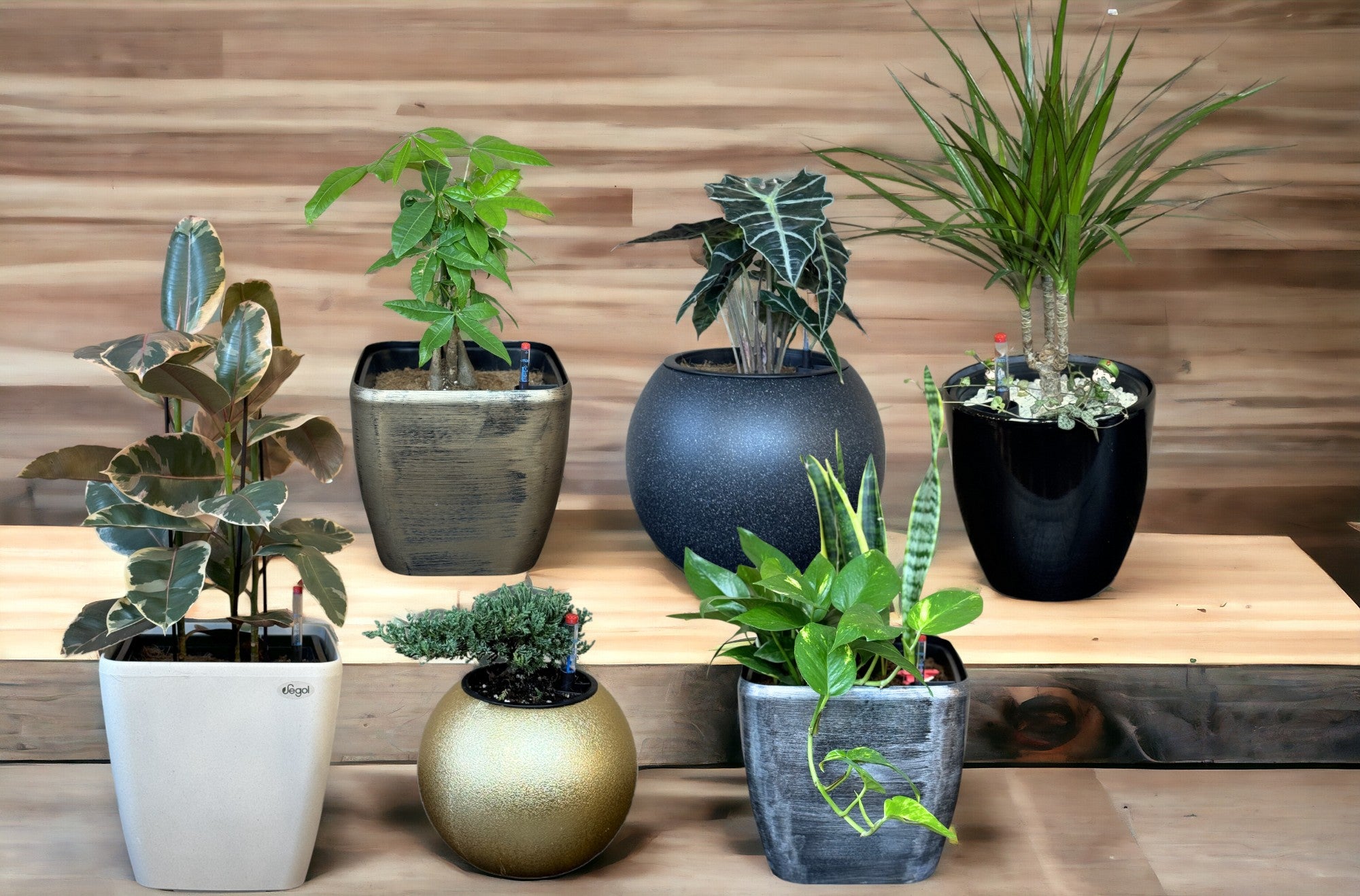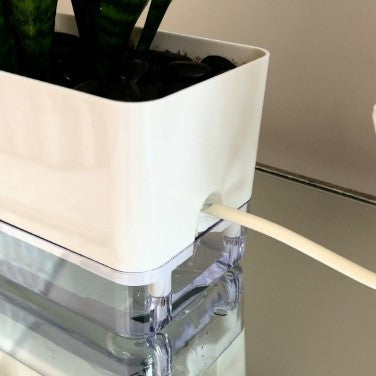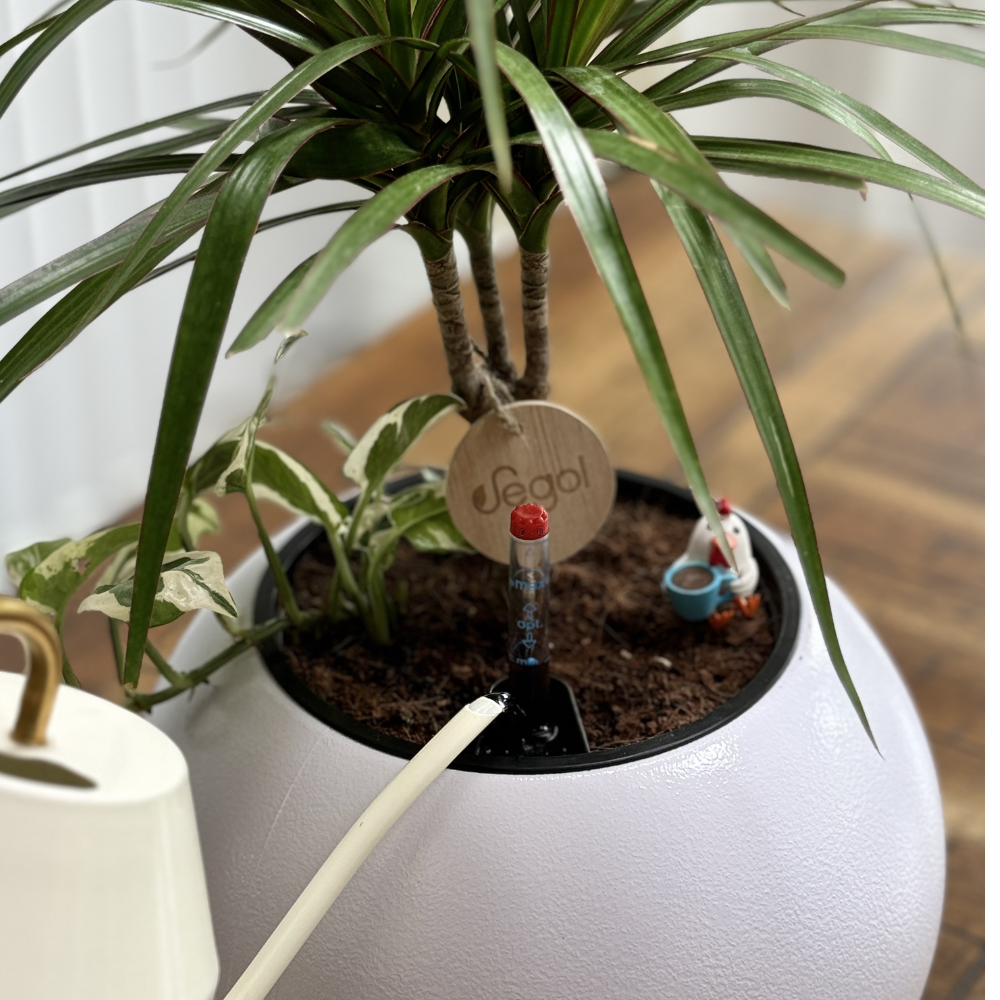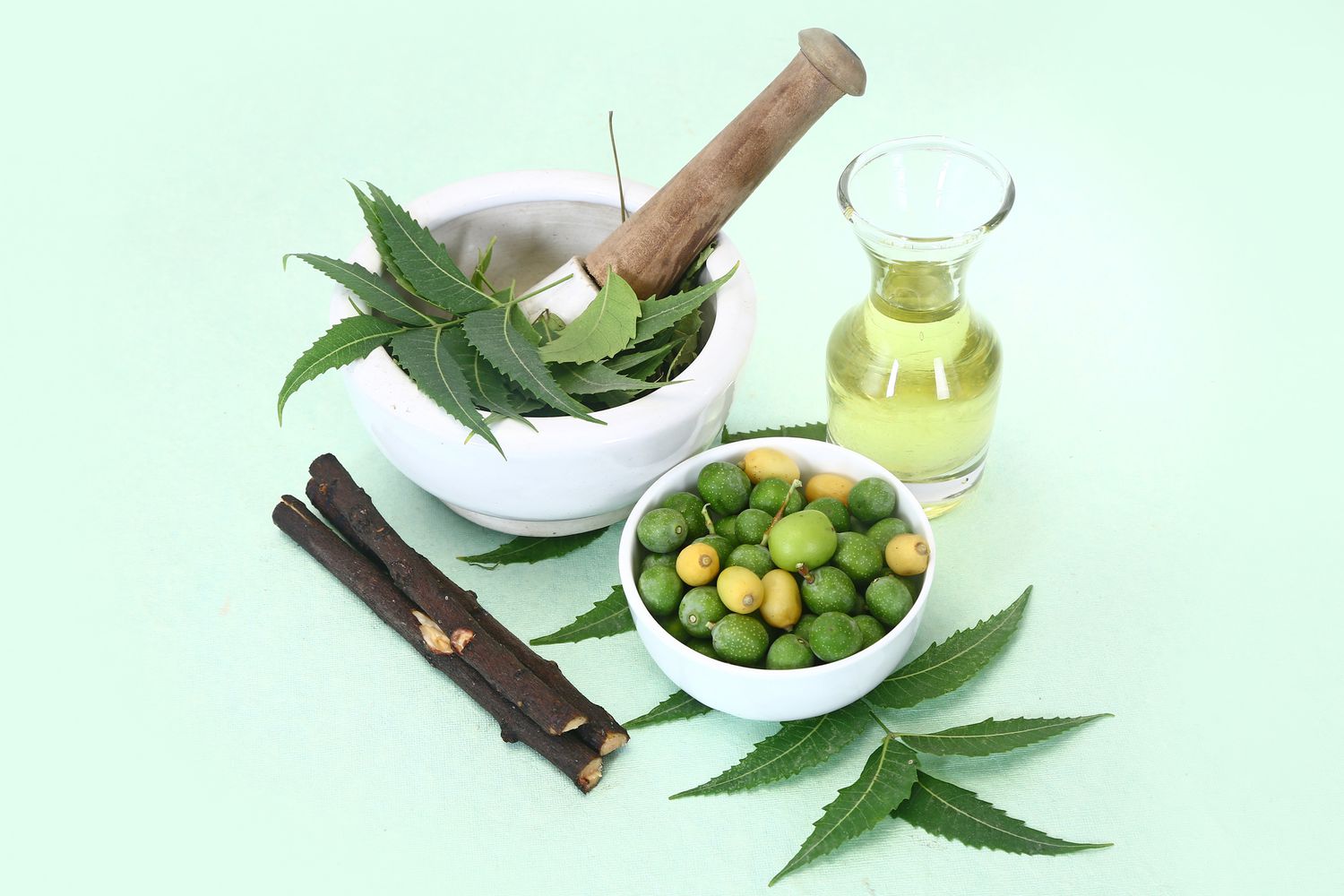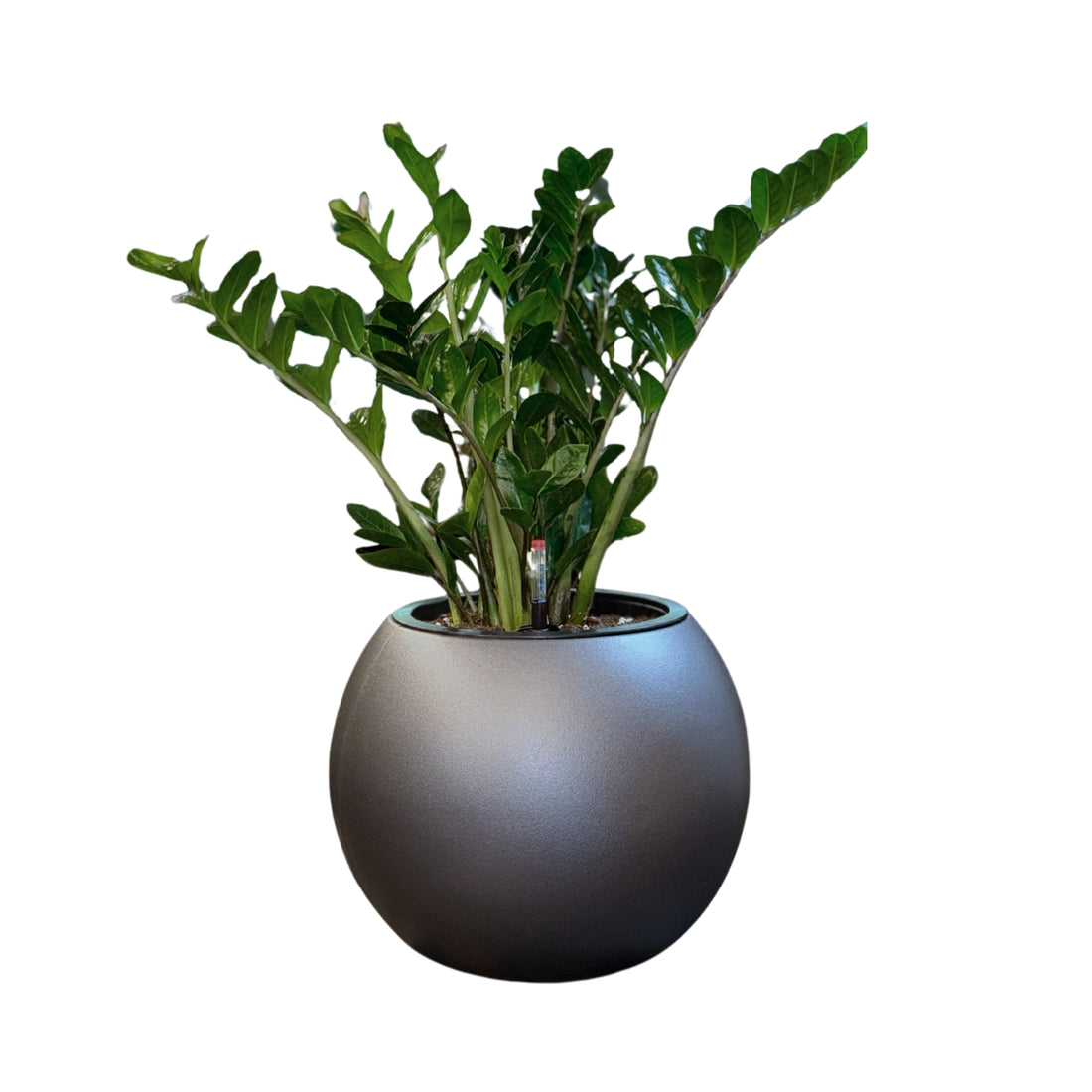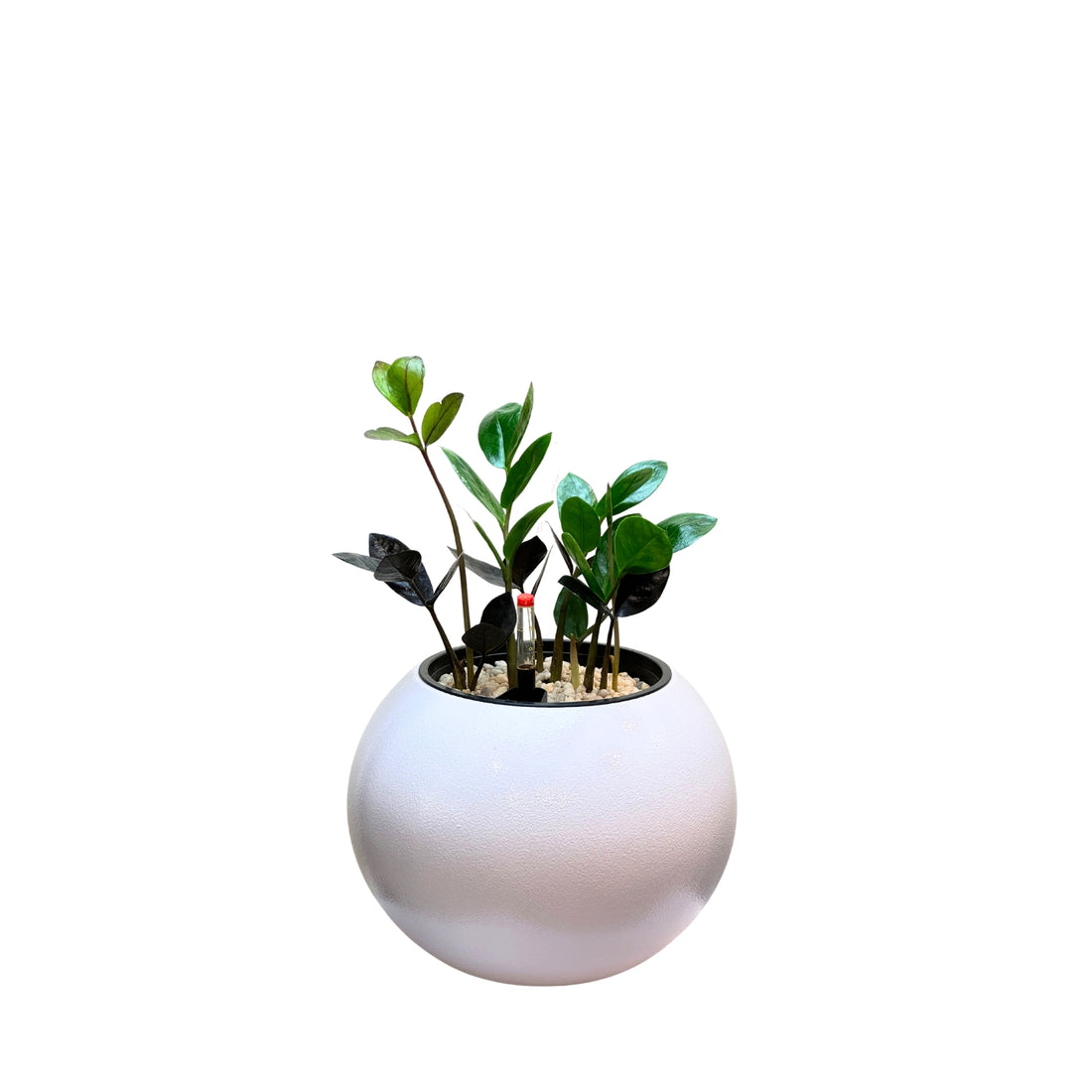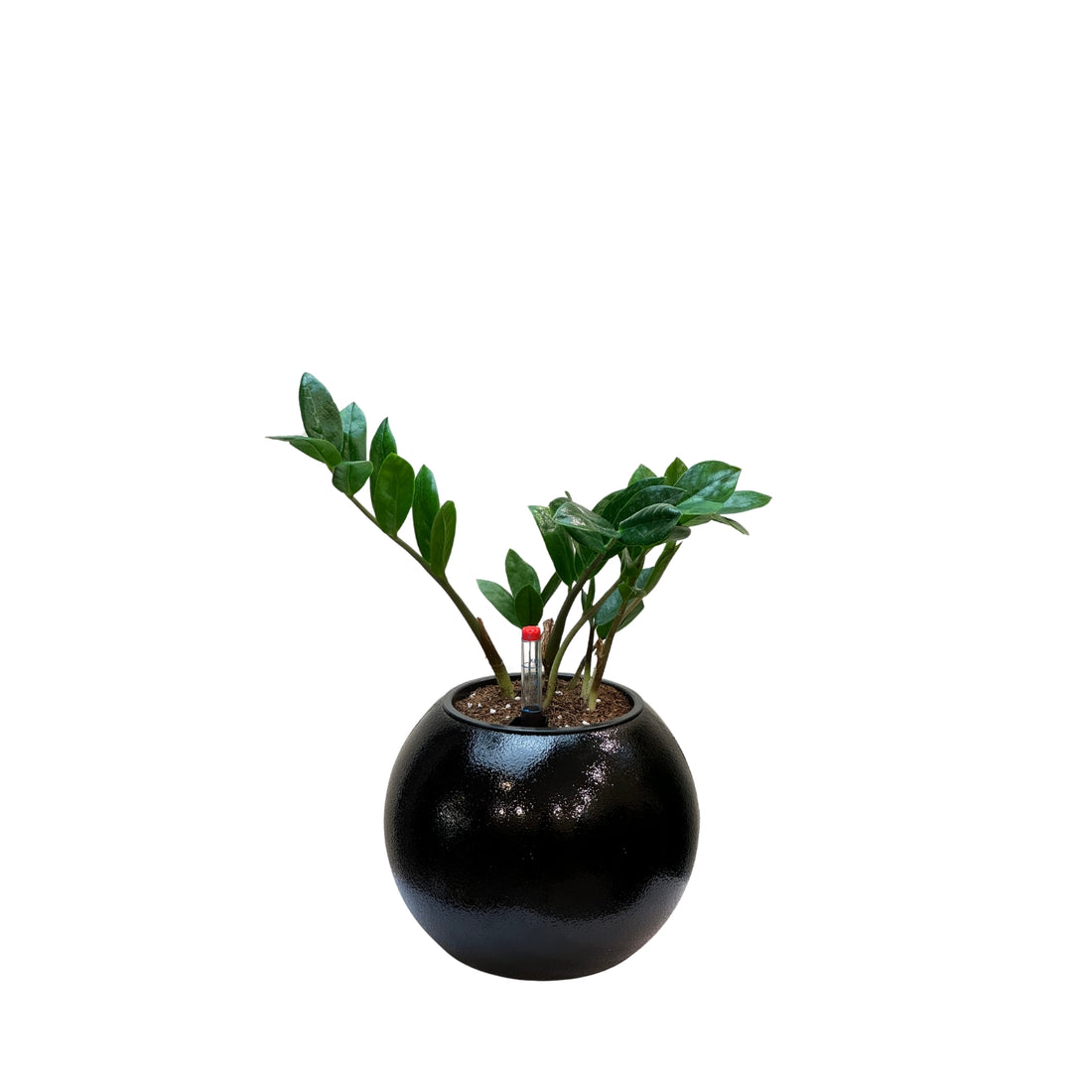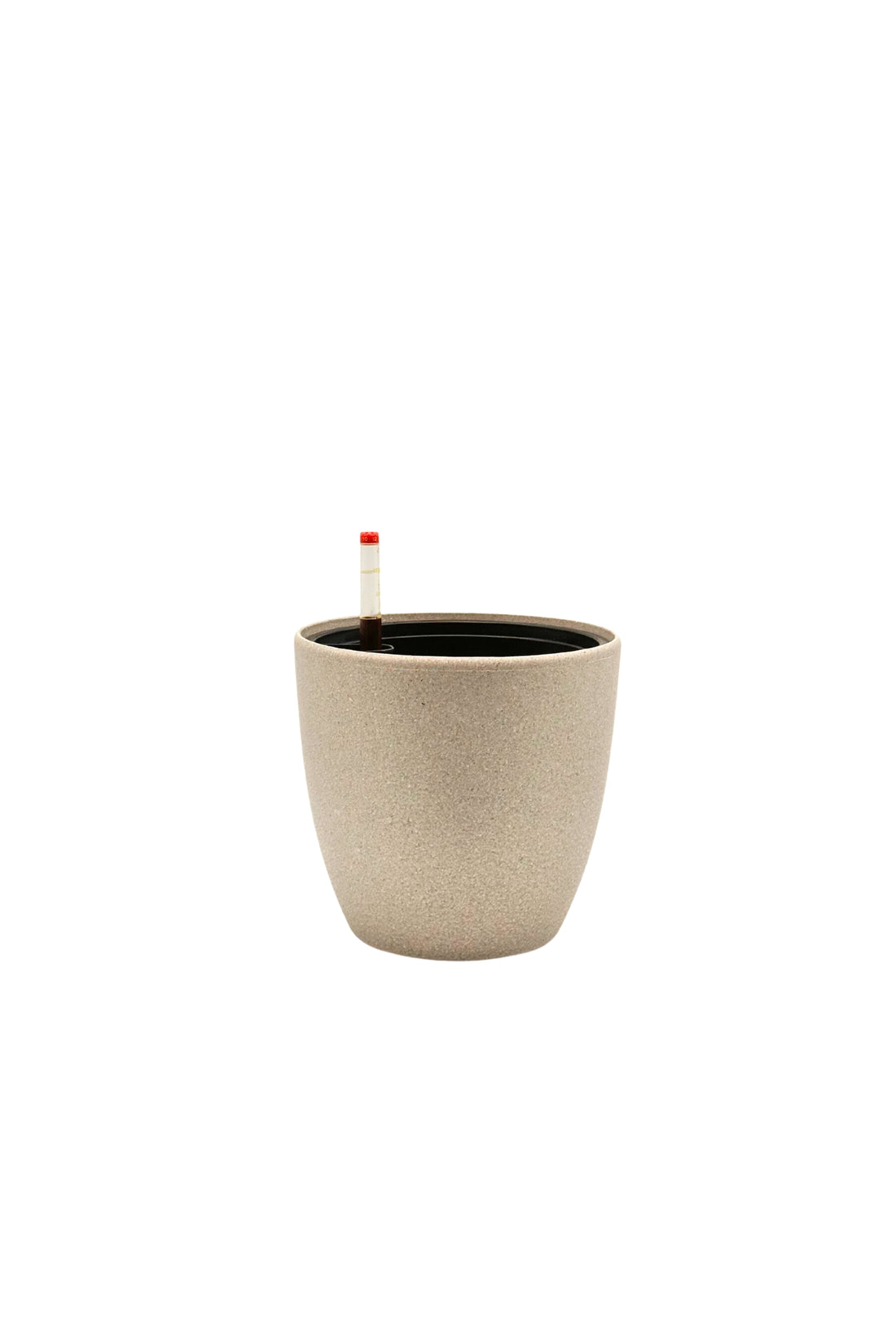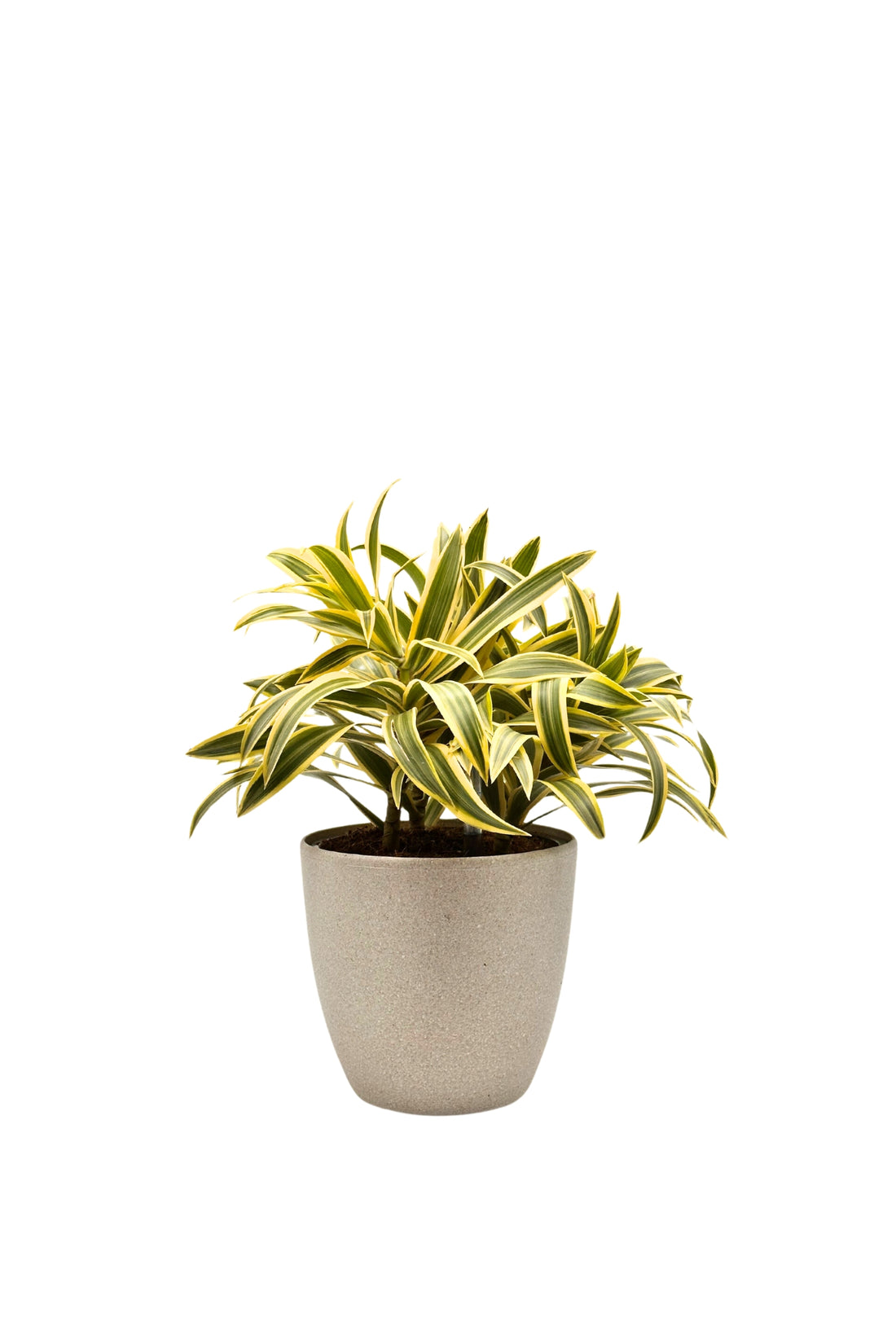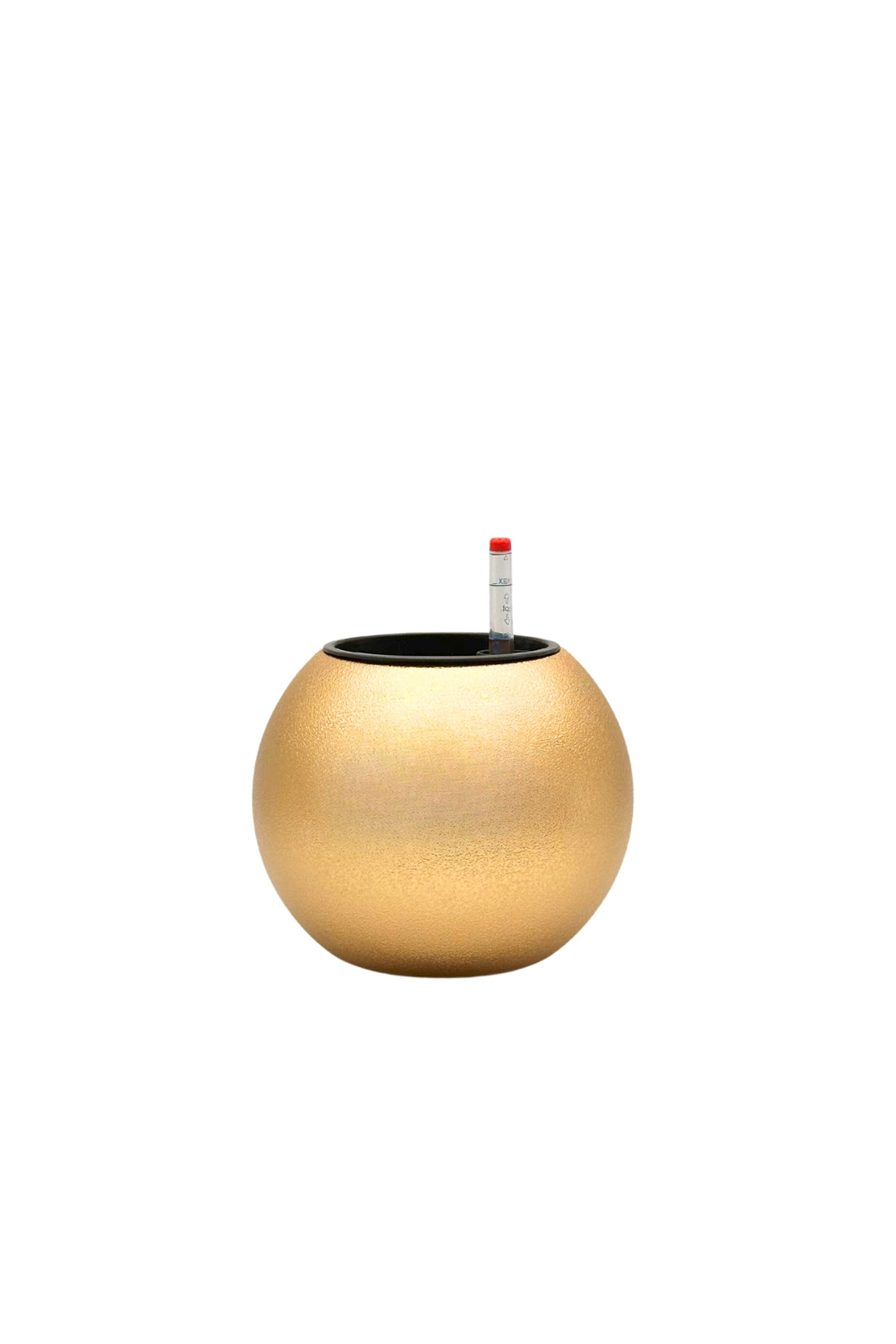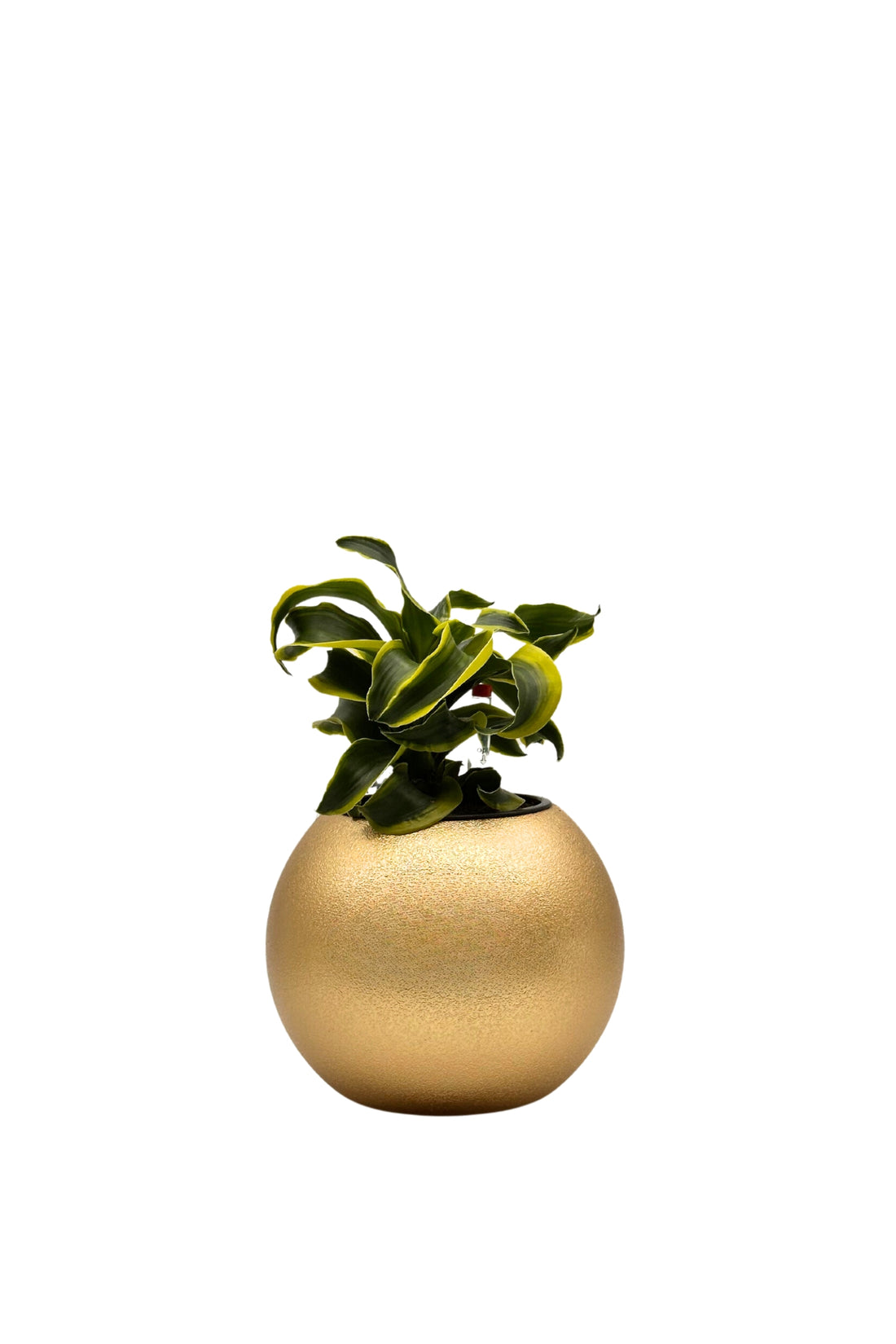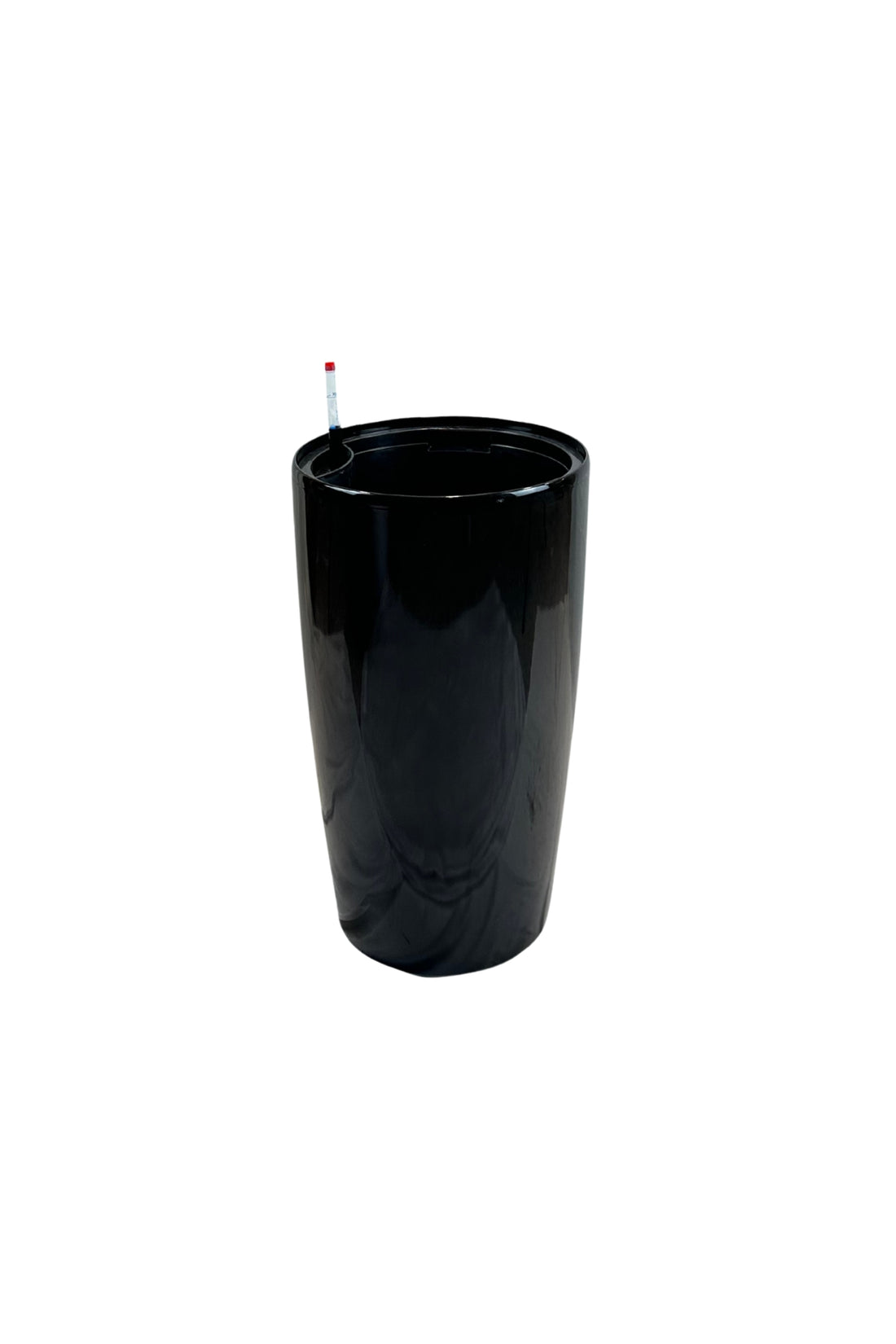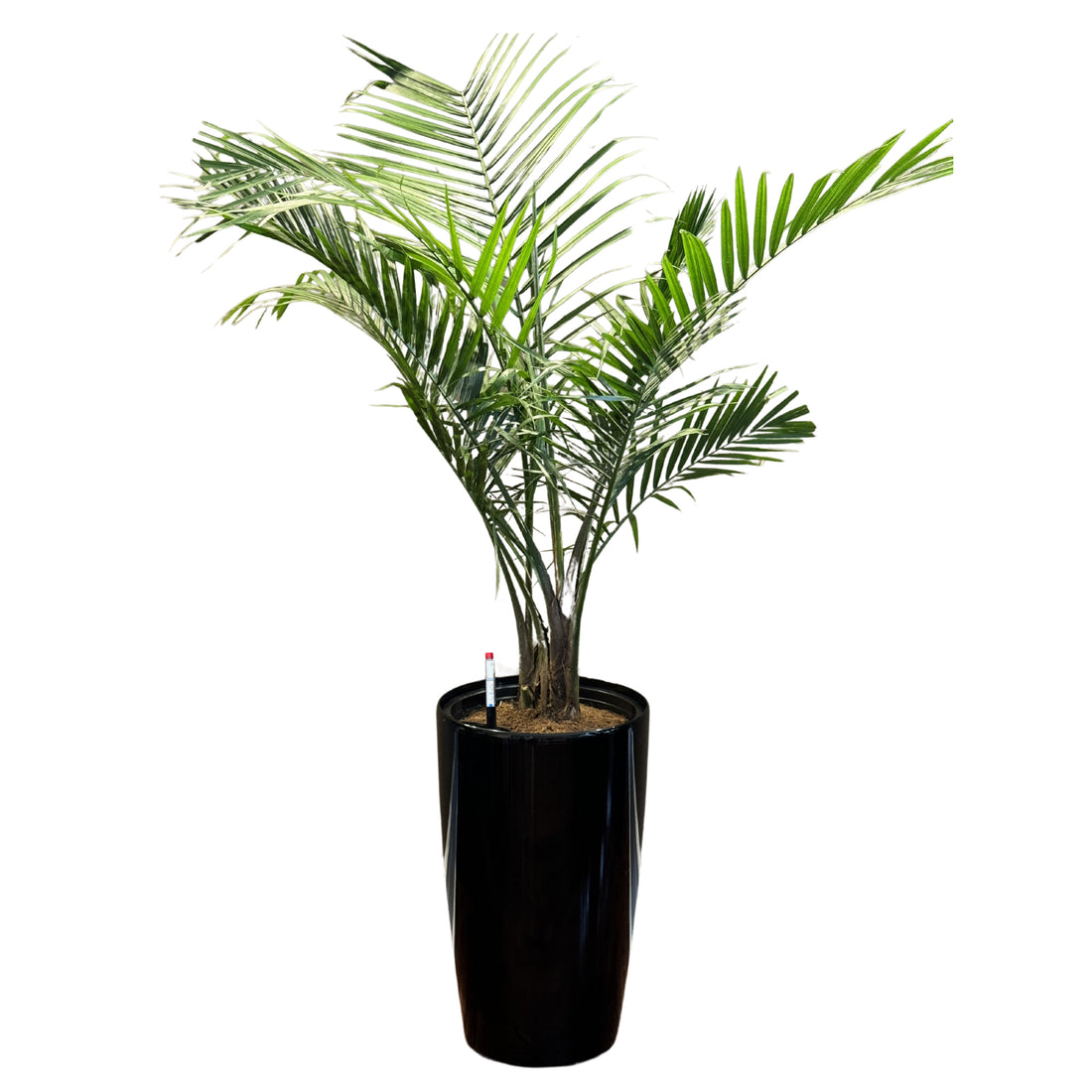
SHOP NOW
Harnessing Nature's Wisdom: A Deep Dive into Segol Self-Watering Pots and Their Types
In the world of gardening, maintaining a consistent watering schedule can be a challenge. Enter self-watering pots – an innovative solution that not only simplifies the watering process but also promotes healthier plant growth. These pots have become increasingly popular among both novice and experienced gardeners, offering a convenient and efficient way to keep plants hydrated. In this blog, we'll explore the concept of self-watering pots and various types available in the Segol planthouse.Self-watering pot types include:
- Pot with Water Level Indicator
- Upside-Down Pot (Sky Planter)
- Transparent wick Self-Watering pot
Pot with The Water Level Indicator

Key Components:
- ·Inner Pot with Water Delivery System: Similar to standard self-watering pots, these containers have an inner pot where the plant is placed. The inner pot is equipped with grooves or channels in its upper part, allowing controlled water delivery to the soil. There are also grooves in the lower part for better root growth and direct water absorption from the outer component.
- ·Outer Pot as Water Reservoir: The outer pot functions as a water reservoir, storing a supply of water beneath the inner pot. The bottom of the inner pot features holes or channels that connect to the water reservoir, facilitating the movement of water to the plant's root system.
- Water Level Indicator: It provides real-time information about the water status. As the water level decreases, the indicator changes, signaling that it's time to refill the reservoir. when the water tank is filled, this blue indicator moves up and shows the amount of water. Depending on the plant's type and environment, filling the reservoir can supply the plant with water for one to two months, eliminating the need for frequent watering.
How to use a self-watering pot:
Fill the bottom of the inner pot with a thin layer of Natural Horticulture Grade Volcanic Pumice and Coconut Chips.
Provide a suitable and nutritious soil layer over the stone layer.
Put the plant in the soil and fill it with soil.
Pour water from the grooved chamber to the bottom of the pot so that the level of the indicator is on the maximum mark.
Do not fill the tank immediately after several weeks when the indicator reaches the minimum point. This is the beginning of the dry phase of the plant. The length of the drying period depends on the following factors: the species and type of the plant, the location of the plant, the amount of air and water humidity required, temperature conditions, etc.
However, depending on the plant, the location of the pot, and the season, this period can be longer, for example, cacti and succulents prefer more dry times.
For the plant planted in this pot, you can consider an average dry period of one week. After each dry phase, fill the tank with water to the maximum. For plants that do not need a lot of water, such as cacti, it is enough to fill the tank half full of water.
You can pour liquid fertilizers in the tank water according to the instructions on the package for each type of plant, or you can dissolve the crystalline and powder fertilizers in water according to the usage instructions and pour them into the water tank of the pot.
Upside-Down Pot (Sky Planter)
An Upside-Down Pot with a clay interior is a type of planter that allows plants to be grown in an inverted position
The pot is designed to hang with the opening facing downwards. Plants are inserted from the bottom, and the root system is maintained within the pot. Clay is known for its ability to absorb and retain moisture, which is beneficial for root health. It can help prevent over-watering by absorbing excess moisture and releasing it back when the soil starts to dry. Clay is porous, allowing air to pass through, which is essential for healthy root growth.
Transparent Self-Watering Pot with The Wick
 Transparent Design:
Transparent Design:
Visibility: The transparency allows you to see the water level in the reservoir, making it easy to know when it's time to refill.Root Monitoring: It also allows for the observation of root growth and health, which can be both informative and aesthetically pleasing.
Self-Watering Mechanism:
Consistent Moisture: This ensures that the plant receives a steady supply of water, reducing the risk of overwatering or underwatering.
Capacity: The reservoir typically holds enough water to sustain the plant for several days to a few weeks, depending on the plant's needs and environmental conditions.
Refilling: When the water level gets low, you simply refill the reservoir, which is a less frequent requirement than traditional watering.
Benefits:
- Convenience: Ideal for busy individuals or those who travel, as it reduces the frequency of watering.
- Healthier Plants: Provides consistent moisture, which is beneficial for many types of plants and helps prevent issues related to over or under-watering.
- Educational: The transparent design can be educational, particularly for beginners, to understand plant growth and root development.
Regarding the use of these pots, it should be noted that if the plant that is placed inside the pot needs a lot of water, wicks with greater thickness or high water transfer capacity can be used, and if the plant does not need much water, you can use a thinner wick or put the wick in the water from one side only and tied the other side and put it in the soil.
It is important to consider the dry period for each plant when using self-watering pots. Hence, following each irrigation period (filling the tank to emptying the tank), a dry phase should be considered, which means not adding water to the tank to remove soil moisture. Also, when filling the water tank, it should be noted that the water is poured into the tank to a point where it does not reach the bottom of the inner pot.
Advantages of The Self-watering Pot:
- The pots are designed to be resistant to temperature changes and UV radiation, making them suitable for both indoor and outdoor use. The unique two-part design also makes it easy to move the plant without damaging the pot.
- With its unique design, the water indicator indicates the amount of water remaining in the pot. You only need to fill the pot according to the level on the indicator. If done correctly, you won't have to worry about the plant being under or over-watered, making home plant care hassle-free and enjoyable.
- They don't require a saucer, enhancing their aesthetic and cleanliness.
- Due to the design of the pot, the water container is hidden and insects are prevented from gathering around it.
- They provide peace of mind when traveling, as there's no need to entrust your plants to someone else.
- The innovative irrigation system promotes healthier and more vibrant plants.
- Save time and effort by not having to guess when to water. The indicator simplifies the decision-making process.
